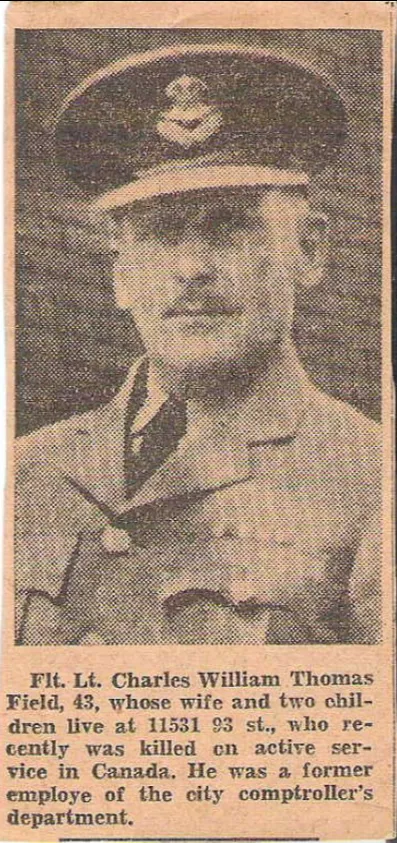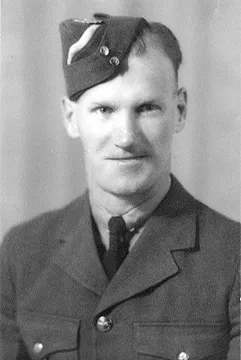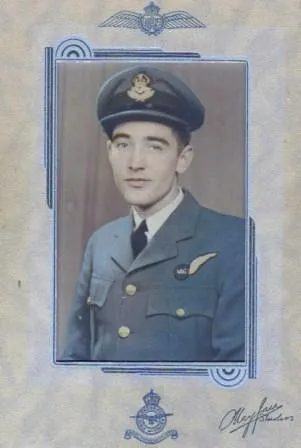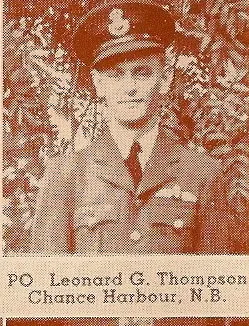Sperling, John Paul (Corporal)
Killed in Action 1943-February-14


Birth Date: 1917-February-23
Born:
Parents: Son of George and Magdalena Sperling, of Chamberlain, Saskatchewan.
Spouse:
Home: Chamberlain, Saskatchewan
Enlistment:
Enlistment Date: unkown date
Service
RCAF
Unit
6 Sqn- Squadron
Base
Rank
Corporal
Position
aero engine mechanic
Service Numbers
R/94622
Crew or Other Personnel
Stranraer 935
Accident Card - Supermarine Stranraer serial:935
This accident involved 1 aircraft on 1943-February-14. Stranraer s/n 935.
This accident involved 6 people. Field CWT, Gilmore JO, Maclennan DS, McConkey FW, Sperling JP, Thompson LG
This accident had 6 fatalities. Corporal John Paul Sperling RCAF Killed in Action service no:R/94622 Stranraer 935, Pilot Officer Leonard Gregory Thompson RCAF Killed in Action service no:J/13697 Stranraer 935, Sergeant Joseph Orr Gilmour RCAF Killed in Action service no:R/50522 Stranraer 935, Flight Lieutenant Charles William Thomas Field RCAF Killed in Action service no:C/3378 Stranraer 935, Pilot Officer Frederick William McConkey RCAF Killed in Action service no:J/13153 Stranraer 935, Pilot Officer Donald Stuart Maclennan RCAF Killed in Action service no:J/13672 Stranraer 935
Stranraer serial: 935
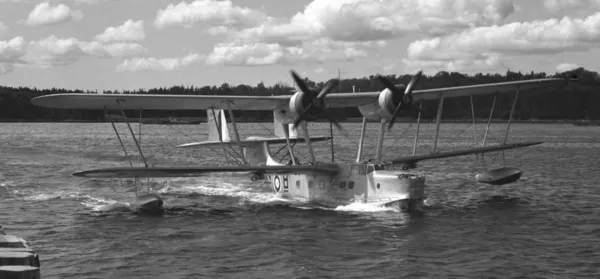
Canadian Vickers Stranraer, RCAF (Serial No. 913), CV190, coded QN-B, No. 5 (Bomber Reconnaissance) Squadron, RCAF Station Dartmouth, Nova Scotia, sometime between 1938 and 1941.
The Supermarine Stranraer was a flying boat designed and built by the British Supermarine Aviation Works company. It was developed during the 1930s on behalf of its principal operator, the Royal Air Force (RAF). Derived from the Supermarine Scapa, the aircraft's design was heavily shaped by Specification R.24/31. While initially rejected by the Air Ministry, Supermarine persisted with development as a private venture under the designation Southampton V. During 1933, a contract was placed for a single prototype; it was around this time that the type received the name Stranraer. First flown on 24 July 1934, the Stranraer entered frontline service with the RAF during 1937; most examples of the type were in service by the outbreak of the Second World War.
The Stranraer's typically undertook anti-submarine and convoy escort patrols during the early years of the conflict. During March 1941, it was withdrawn from frontline service, but continued to be operated in a training capacity up until October 1942. In addition to the British-built aeroplanes, the Canadian Vickers company in Montreal, Quebec, also manufactured 40 Stranraers under licence for the Royal Canadian Air Force (RCAF). These Canadian Stranraers served in anti-submarine and coastal defence capacities on both Canada's Atlantic and Pacific coasts, and were in regular service until 1946. Following their withdrawal from military service, many ex-RCAF Stranraers were sold off to fledgeling regional airlines, with whom they served in various commercial passenger and freighter operations into the 1950s.
The Royal Canadian Air Force (RCAF) Stranraers were exact equivalents of their RAF counterparts. In Canadian service, they were usually employed in coastal patrol against submarine threats in a similar role to the British Stranraers. The Canadian Vickers-built Stranraers served with the RCAF throughout the war, the last example being withdrawn on 20 January 1946. Wikipedia
Aircraft Images
Stranraer 935
Stranraer 935
With No. 13 (OT) Squadron, RCAF Station Patricia Bay, BC, 1941 to 1942. With No. 6 (BR) Squadron, RCAF Station Alliford Bay, BC when it was damaged on 20 June 1942. Starboard engine failed when cylinder came loose, aircraft made a forced landing near Nassett, BC without further damage. Still with No. 6 Squadron when it crashed in Skidgate Channel, between between Maude and Lina Islands in the Queen Charlottes, on training flight, 14 February 1943. Aircraft porpoised on landing, eventually submerged, and depth charges went off. 6 fatalaties.1941-08-09 Taken on Strength 2019-08-20
1943-February-14 Accident: 6 BR Squadron Loc: Skidegate Channel Names: Field | Gilmore | Maclennan | McConkey | Sperling | Thompson
1943-03-08 Struck off Strength Struck off after crash, see comments. 2019-08-20
